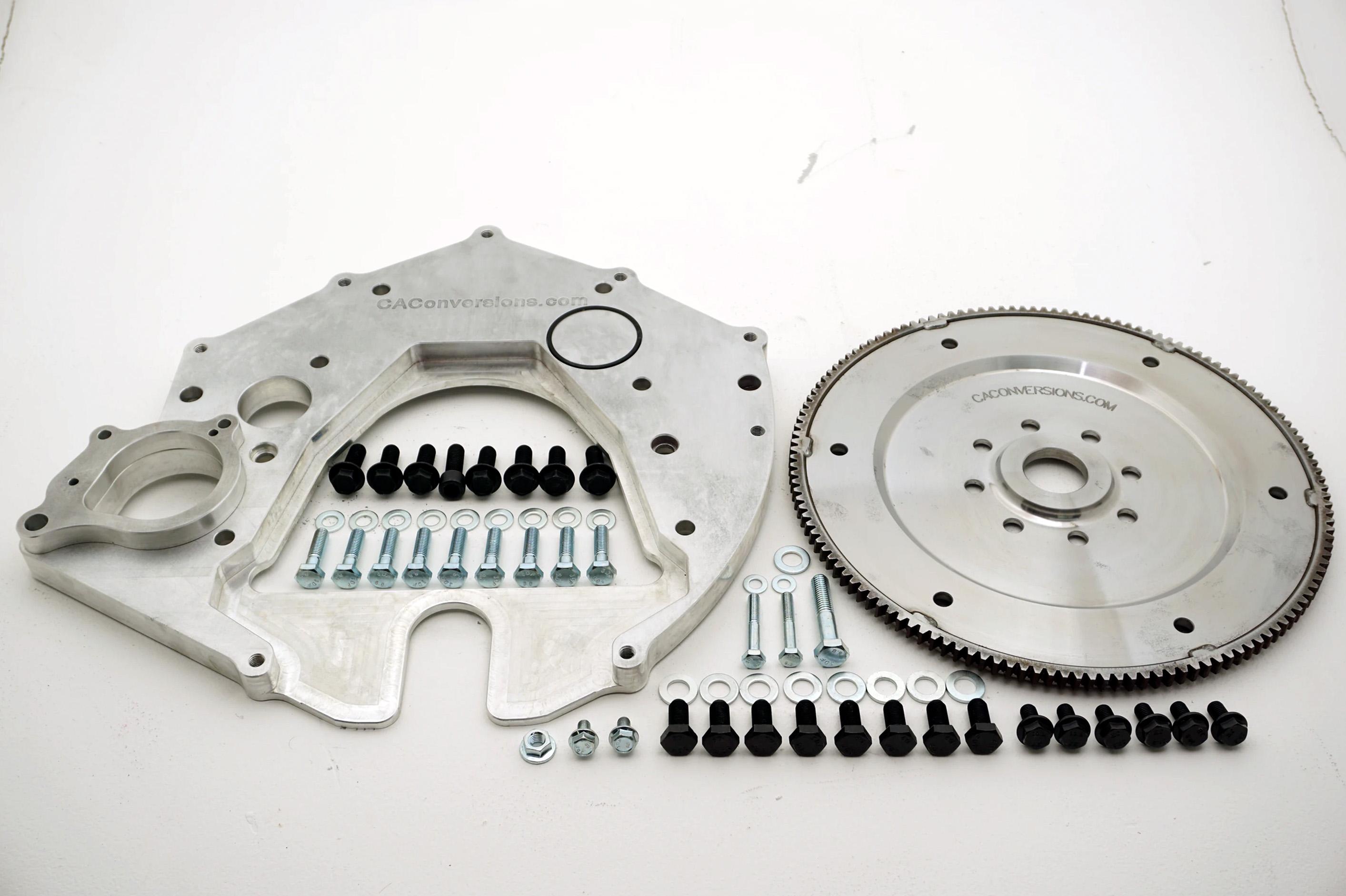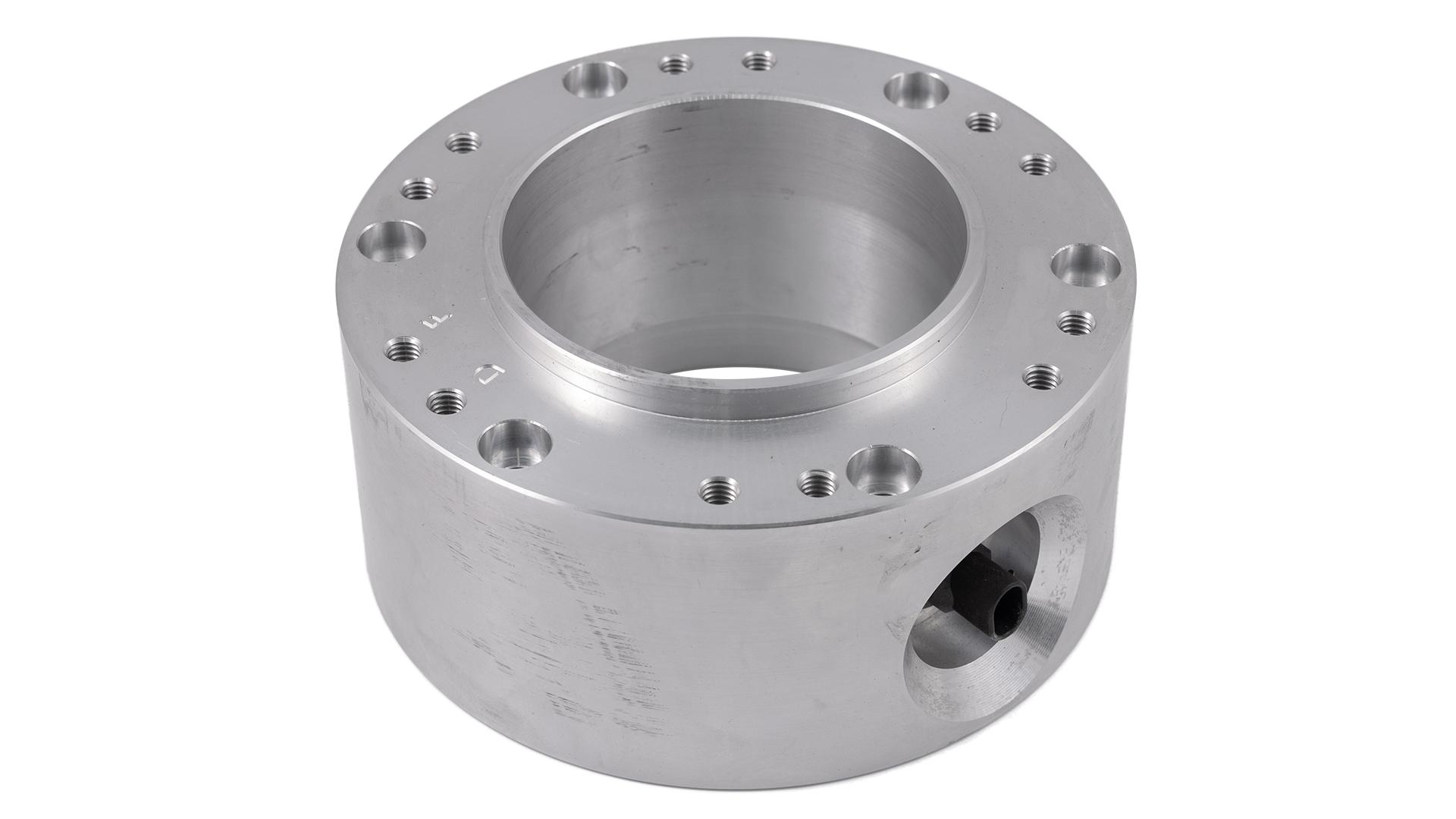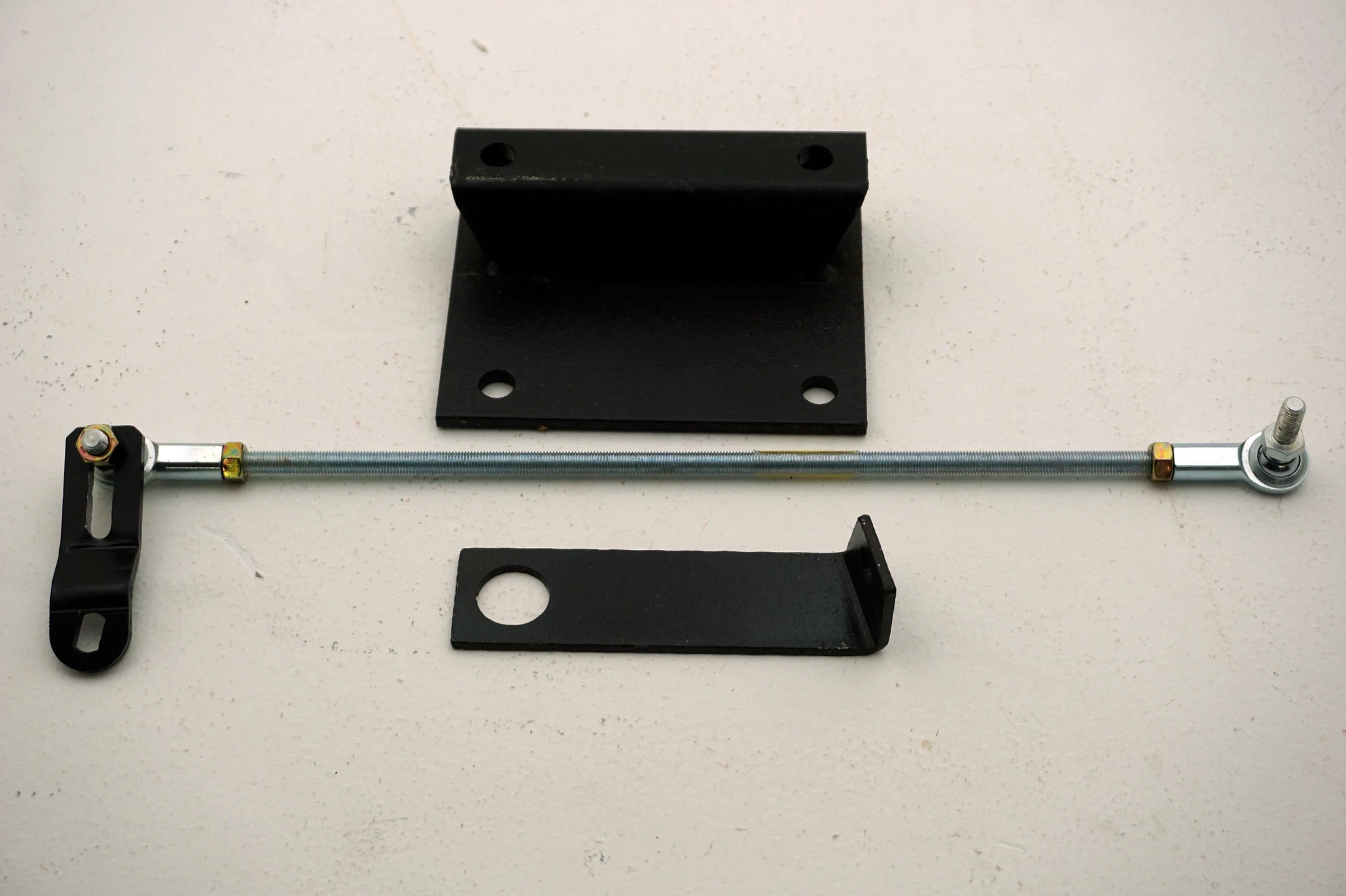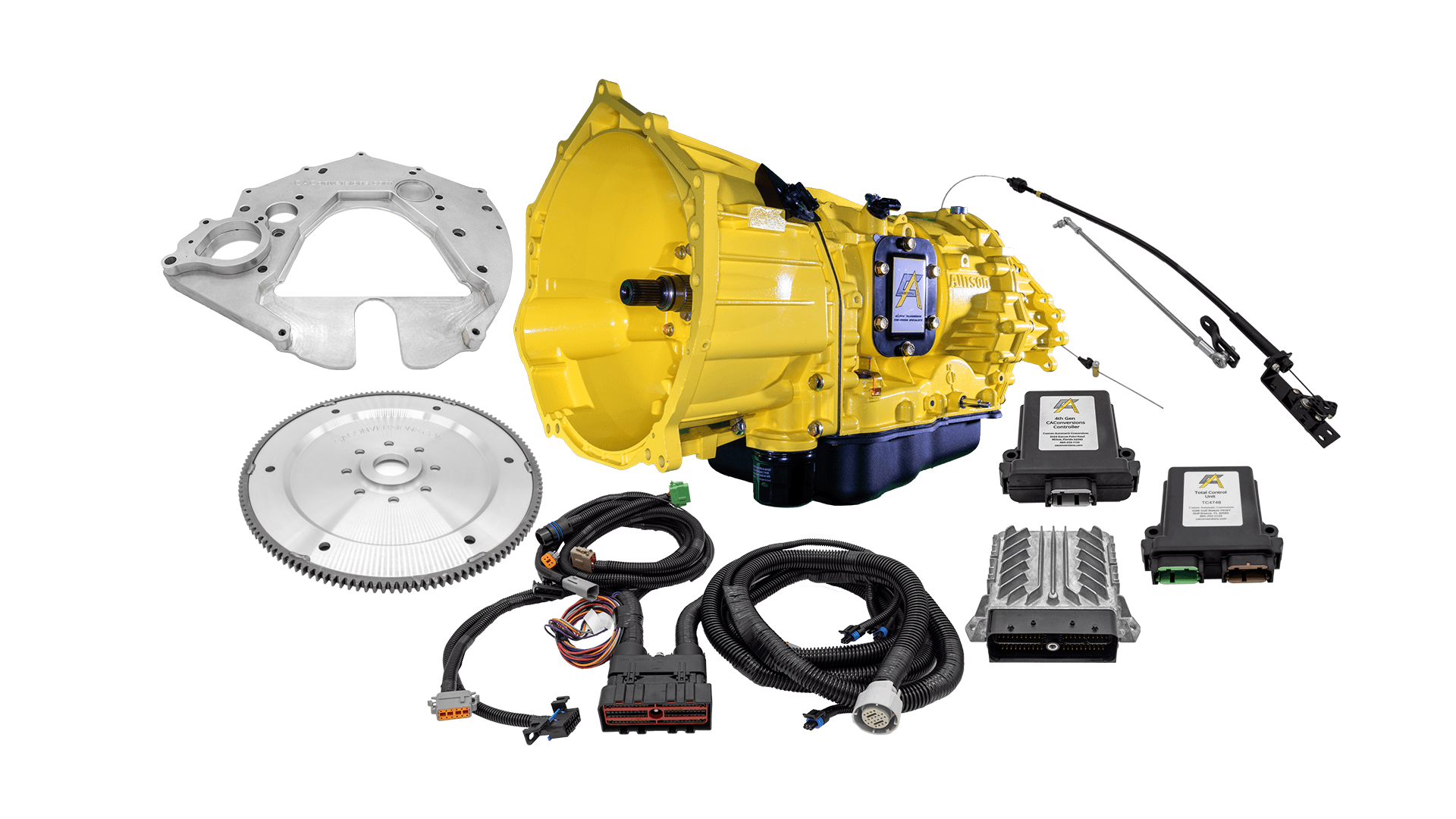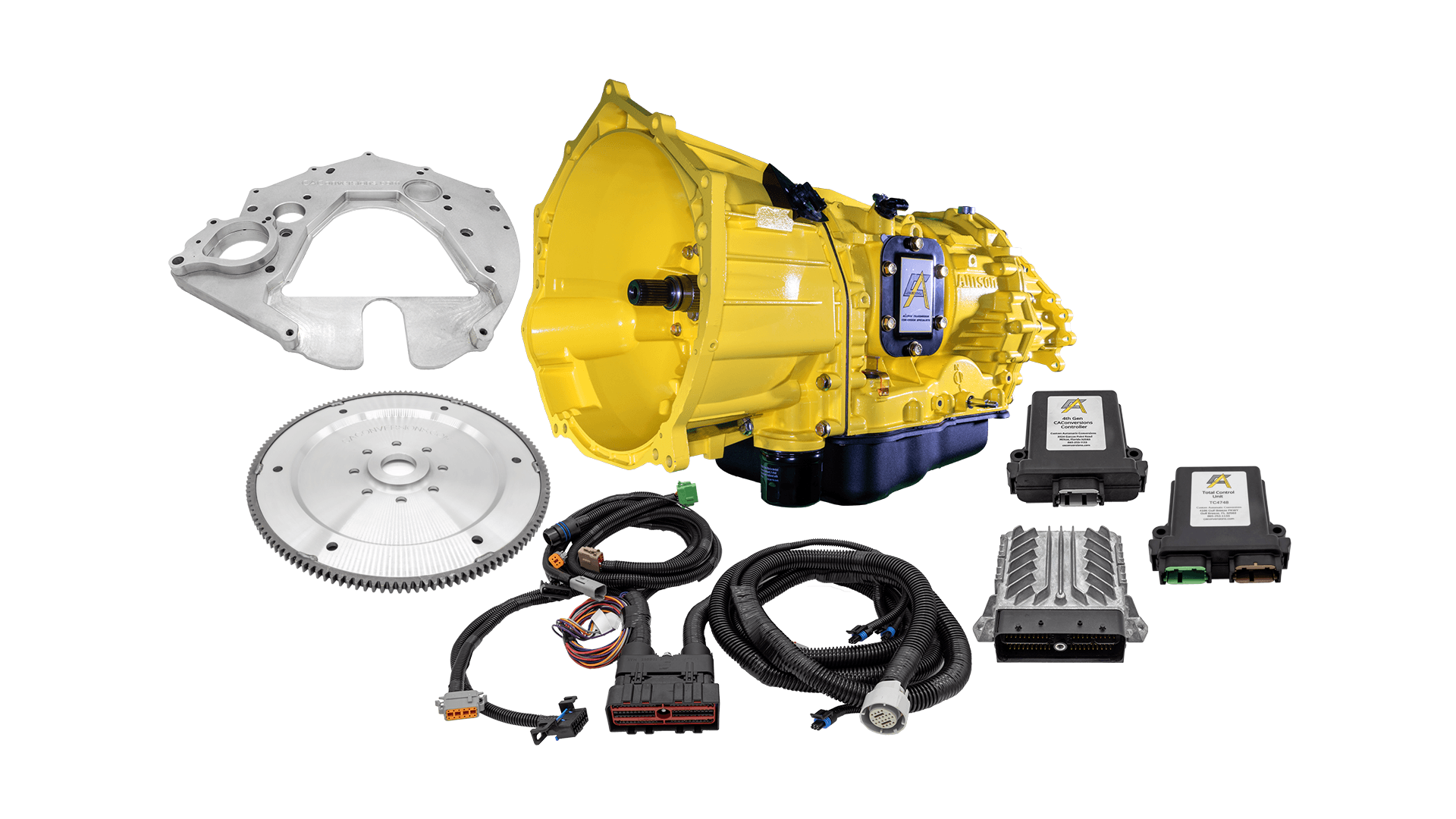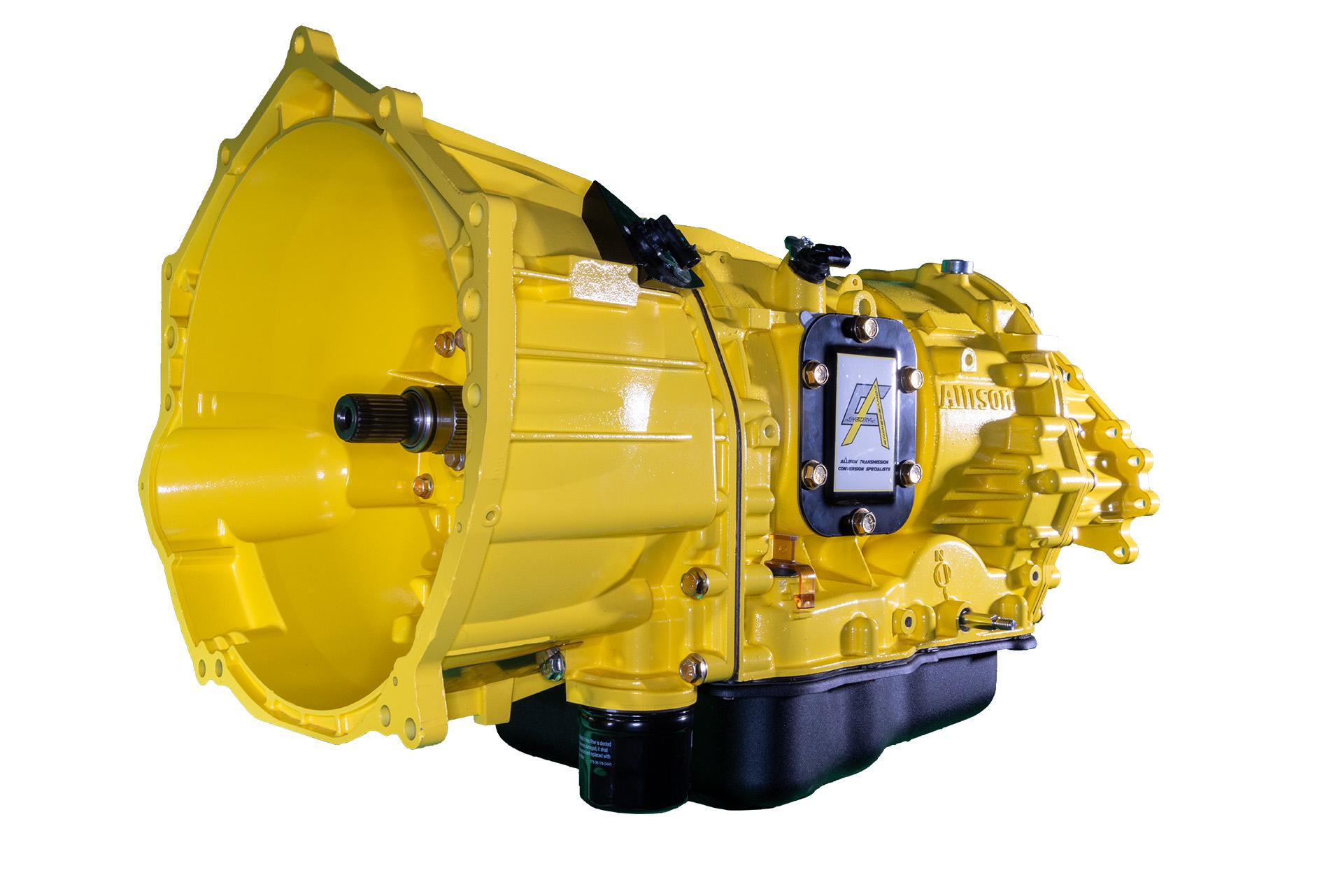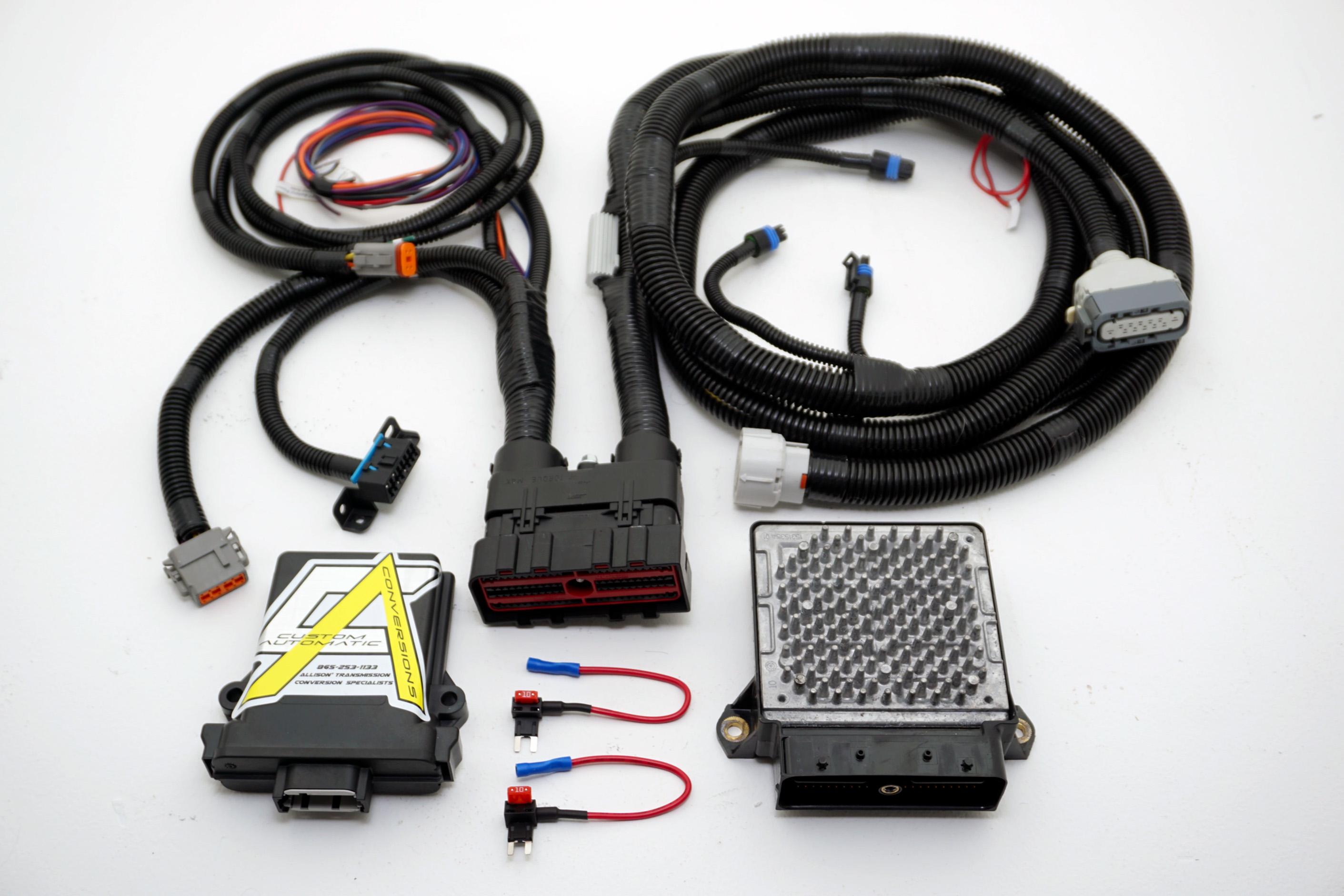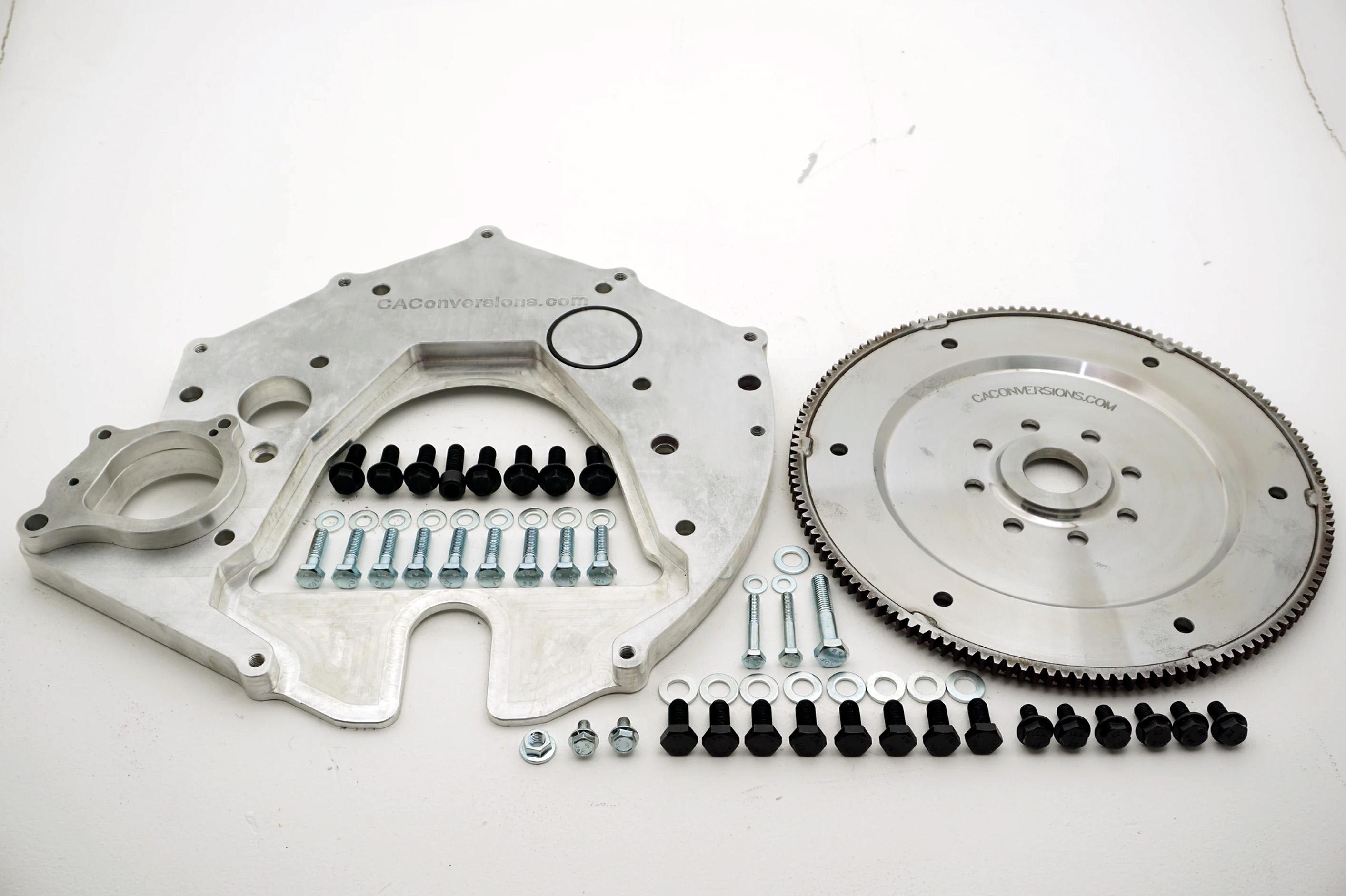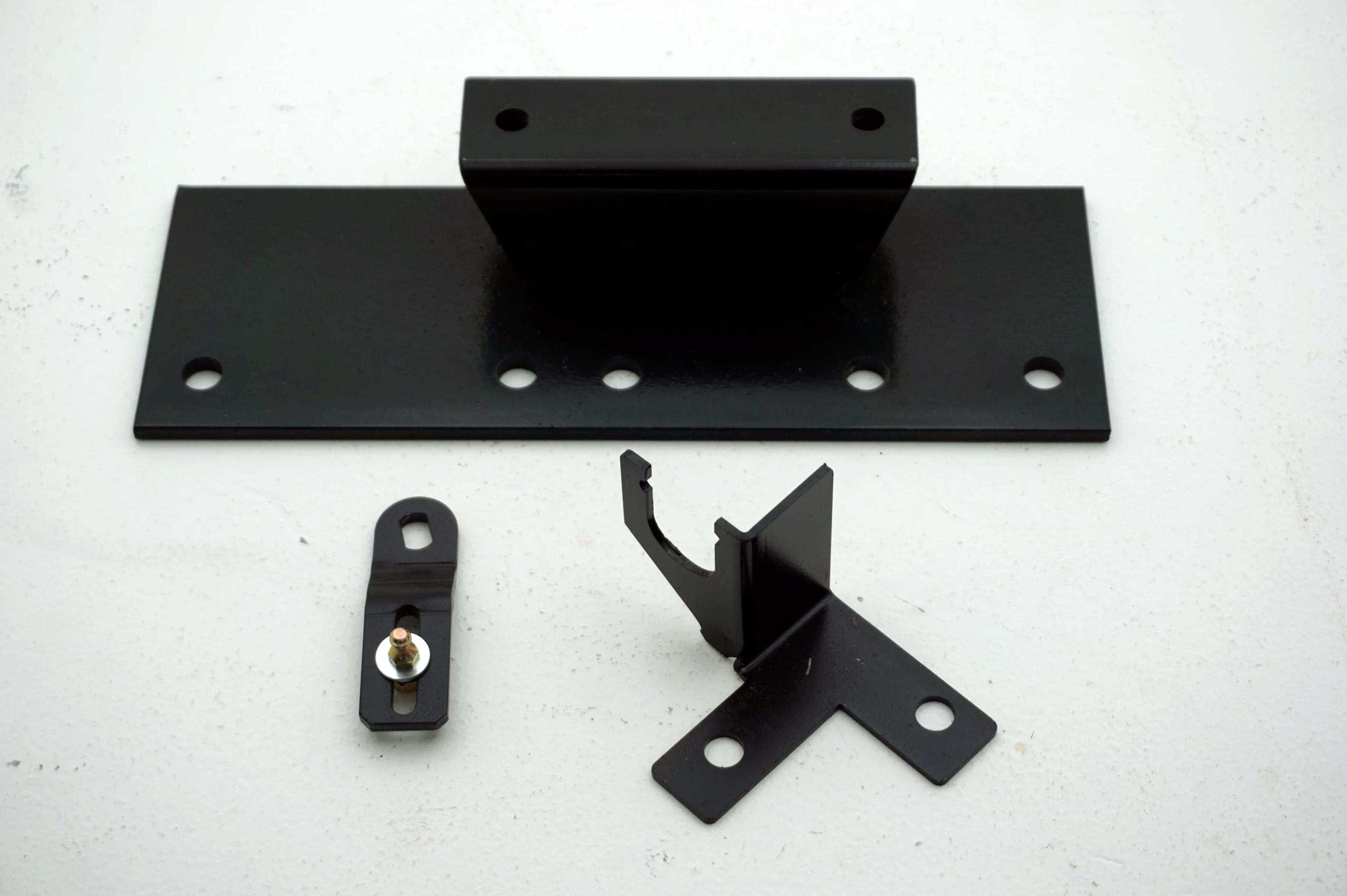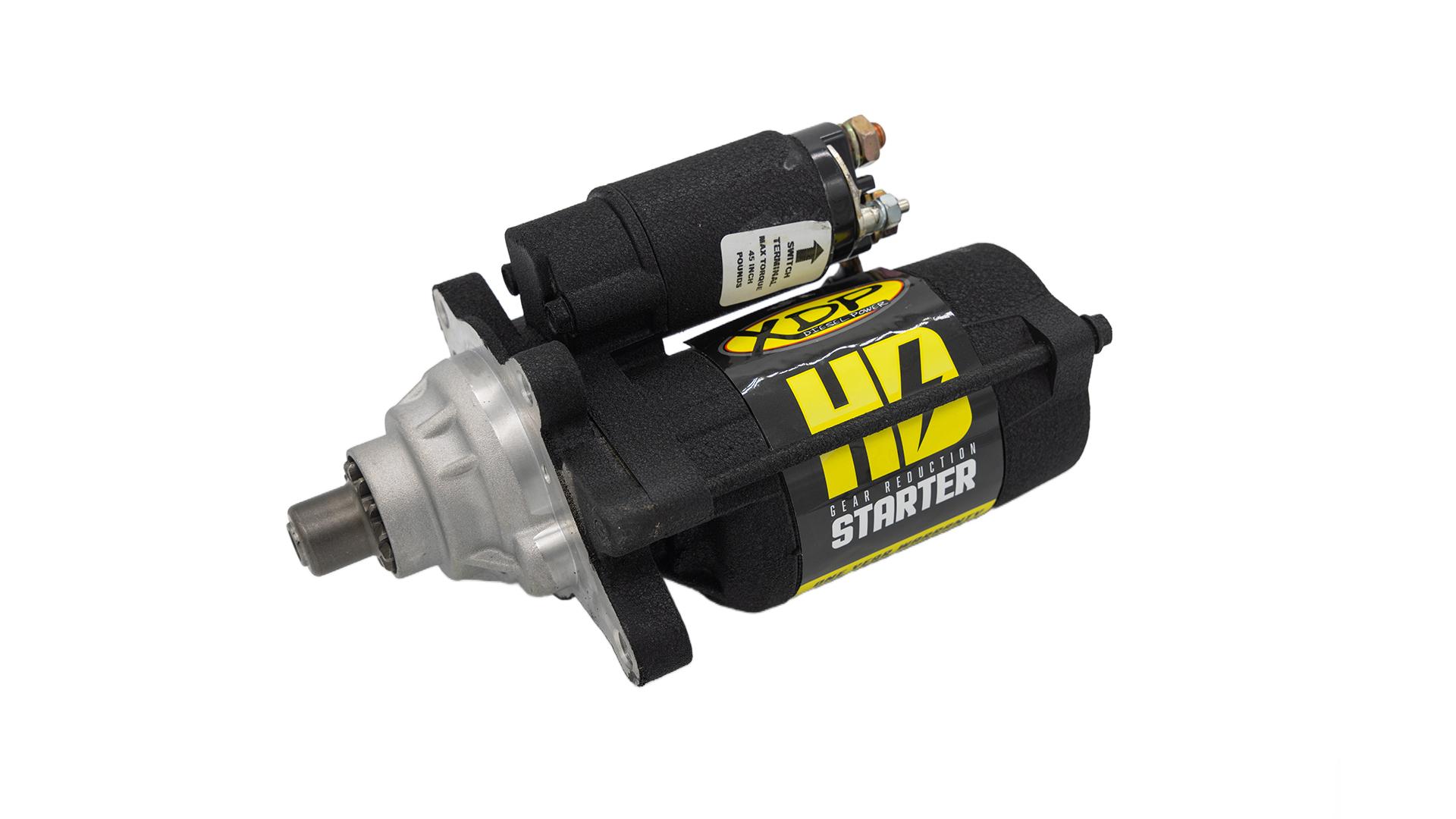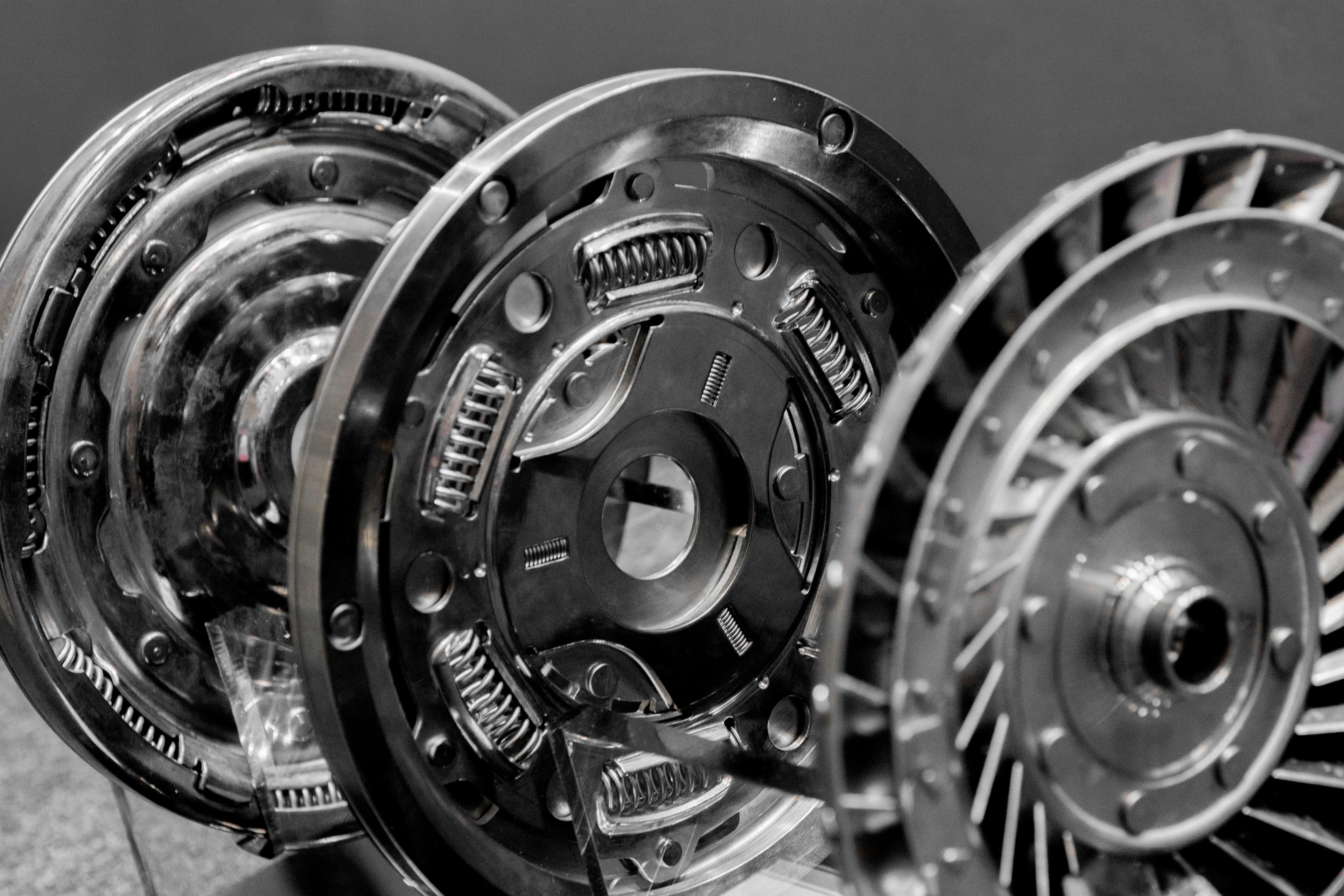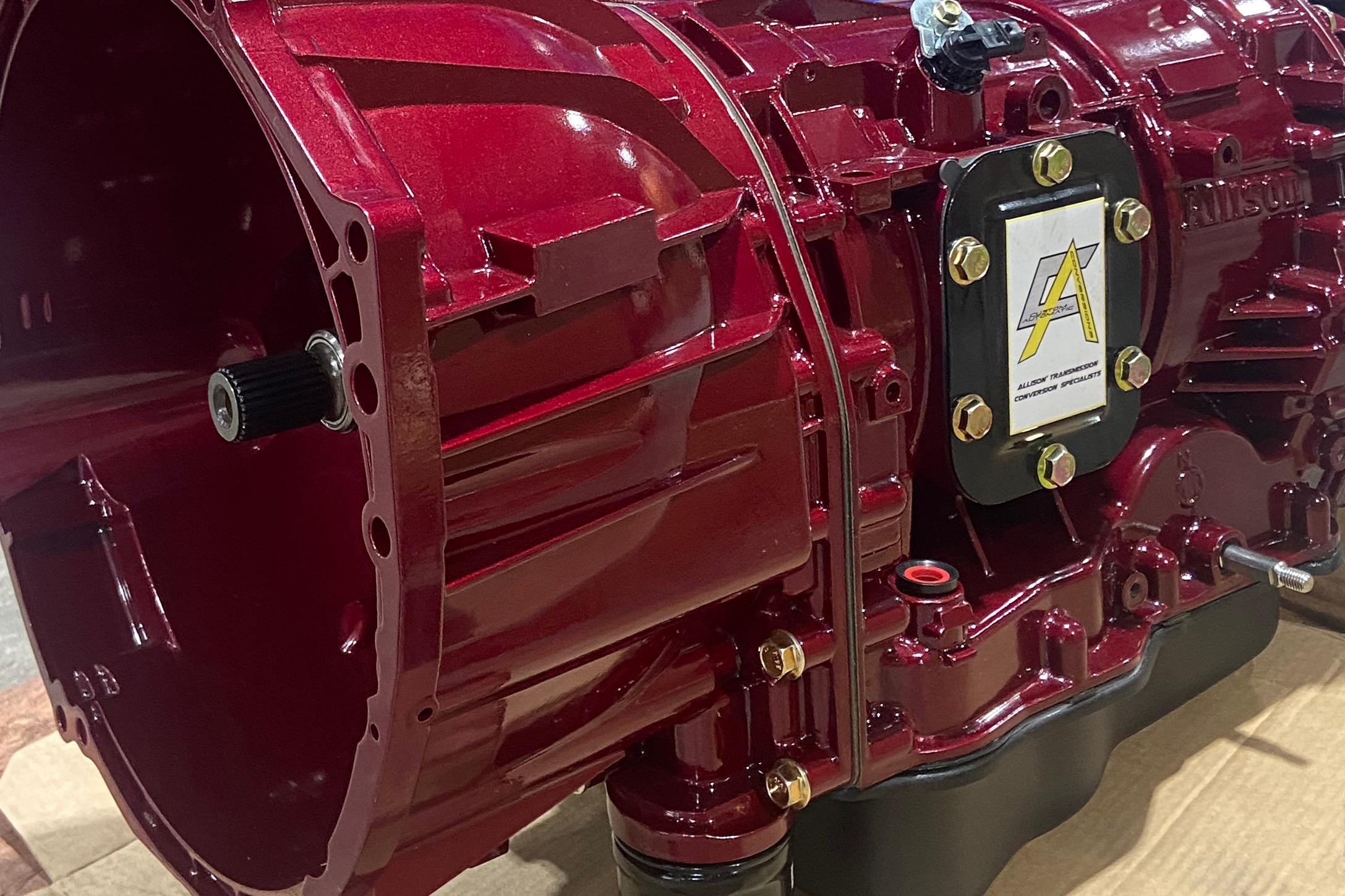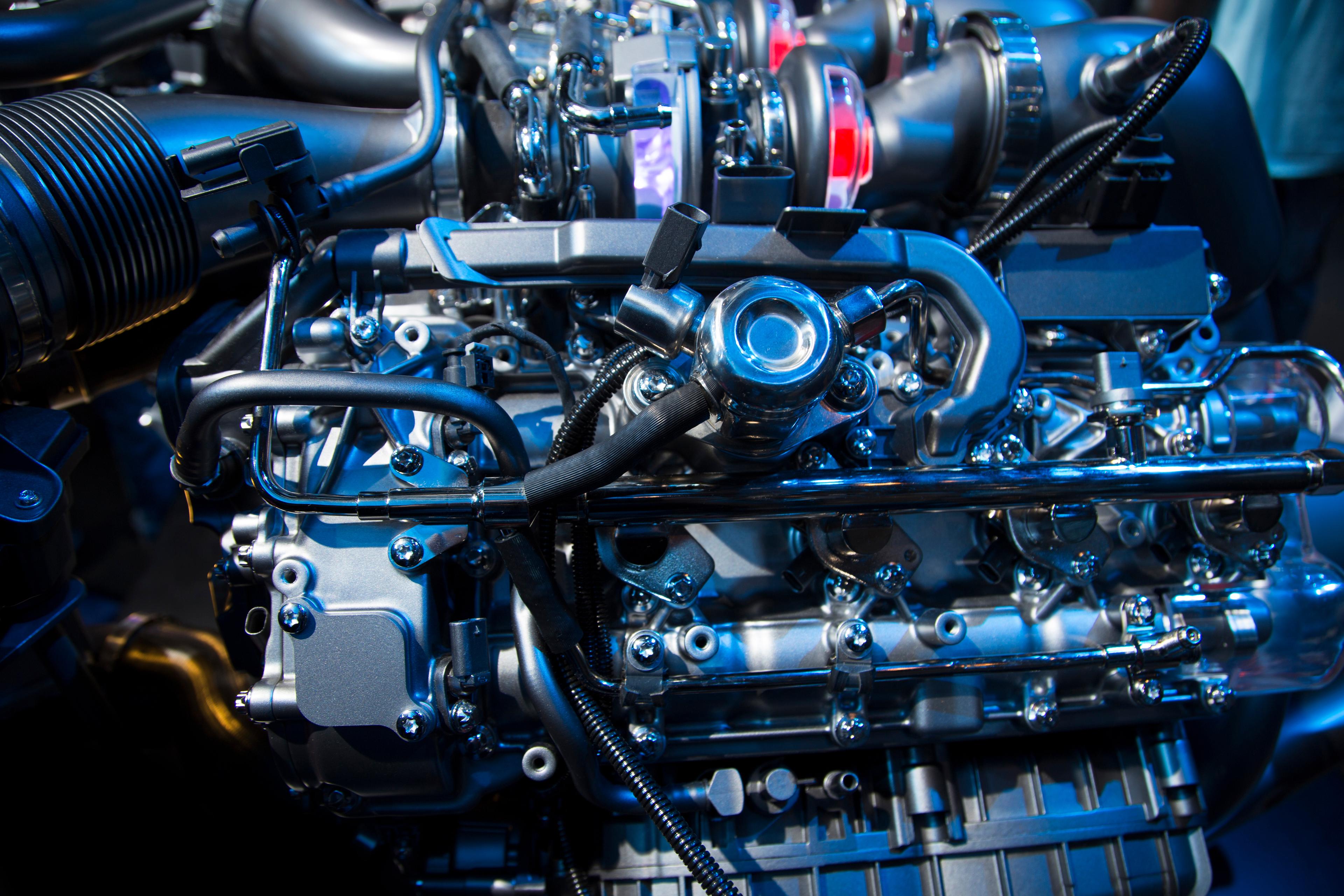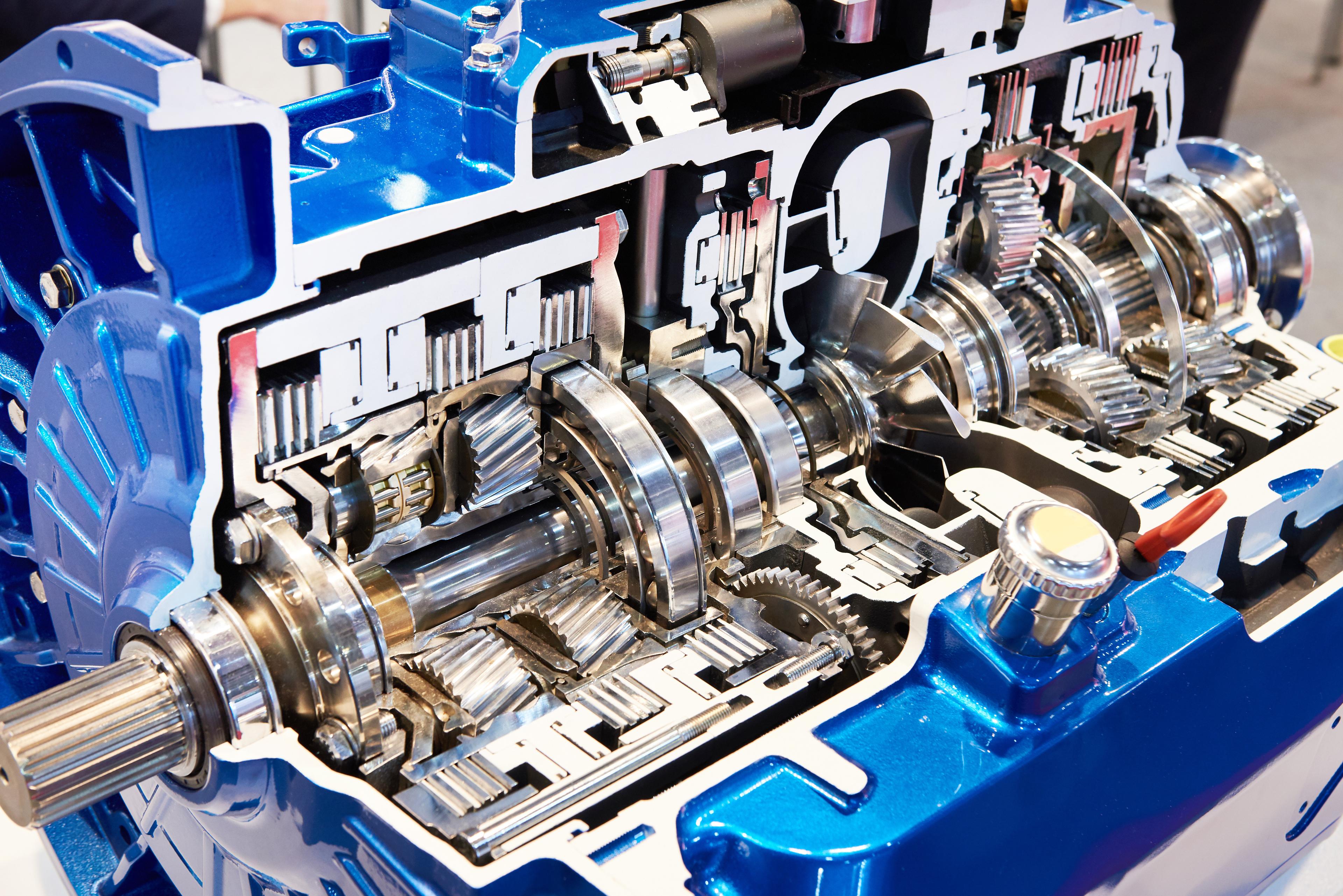Dodge 47RE Transmission

Convert your Dodge 47RE to an Allison
Transform Your Drive: Making the Switch to an Allison 1000PK Transmission
Configure your truckUnleash the full potential of your heavy-duty truck with the Dodge 47RE to Allison 1000PK transmission conversion. This upgrade is a game-changer, designed to deliver unmatched durability, increased towing capacity, and smoother shifting for your ride. Whether you're hauling hefty loads or navigating challenging terrains, the Allison 1000PK is built to endure, offering stellar performance, fuel efficiency, and the kind of reliability that Dodge owners have been craving. Say goodbye to frequent repairs and maintenance woes—make the switch today and experience a remarkable transformation in the way your truck operates, both on and off the road. This conversion is more than just an upgrade; it’s an investment in unmatched quality and performance.

Overview of the 47RE Transmission
Of course! Here is a completely distinct overview of the Dodge 47RE transmission, in the same format:
The 47RE is a four-speed automatic transmission developed by Chrysler in the mid-1990s, designed to meet the demands of high-torque applications like towing and heavy hauling. Positioned as an upgrade to the 46RE, it became standard in larger displacement Dodge trucks, such as the Ram series. The 47RE is electronically controlled, unlike its hydraulic-controlled predecessor, the 46RH, and is known for its rugged construction and ability to handle high levels of torque. This transmission featured a more advanced lock-up torque converter and improved shifting performance, which added to its popularity in larger, heavy-duty Dodge trucks.
47RE Features
Below are some key features that set the Dodge 47RE transmission apart:
- Electronic Control: Unlike its predecessors, the 47RE was among the first Dodge transmissions to incorporate electronic controls, allowing for more precise and responsive shifting under various driving conditions.
- Heavy Duty Performance: The 47RE was designed to handle high-torque applications, making it a standard choice for heavy-duty Dodge trucks engineered for substantial towing and hauling tasks.
- Advanced Lock-Up Torque Converter: The 47RE features a lock-up torque converter, which enhances fuel efficiency by reducing slip at cruising speeds, a feature often demanded in heavy towing and hauling situations.
- Robust Construction: The 47RE is built with high-strength components that contribute to its overall durability and ability to withstand the rigors of heavy-duty usage.
- Four-Speed Automatic with Overdrive: The 47RE provides four forward gears, including an overdrive, facilitating versatile driving in both city and highway conditions.
- Adaptable Shift Strategy: The electronic control module of the 47RE adapts shifting patterns based on load and driving conditions, ensuring optimal performance under varying demands.
The 47RE transmission is lauded for its heavy-duty capabilities and its transition into electronic control, offering a reliable solution for those in need of a strong and dependable transmission.
47RE Common Issues and Signs of Failures
Despite its heavy-duty design and capabilities, the 47RE transmission can have its own set of issues. Here are some common problems associated with this transmission:
- Erratic Shifting Patterns: The electronically controlled nature of the 47RE can sometimes result in shifting issues due to sensor or solenoid failures.
- Overdrive Engagement Problems: Some 47RE units suffer from issues related to engaging and disengaging the overdrive, which can result from a worn overdrive unit or electronic control issues.
- Converter Clutch Failure: Because of its heavy-duty applications, the lock-up clutch in the torque converter can wear out and fail, leading to overheating and poor efficiency.
- Electronic Control Module (ECM) Issues: As an electronically controlled transmission, the 47RE is susceptible to problems stemming from its ECM, which can manifest as shifting issues or complete transmission failure.
- Fluid Leaks: Like other transmissions, the 47RE is prone to fluid leaks, which could arise from gasket failures or cracked components.
- Noisy Operation: Excessive noise during operation, such as humming or whining, can be indicative of internal mechanical wear or low transmission fluid.
- Delayed Gear Engagement: Slow response when shifting from park to drive or reverse may indicate problems with the hydraulic system, a worn clutch pack, or electronic issues.
These are common signs of issues with the 47RE transmission. Regular maintenance and prompt attention to issues as they arise are key to prolonging the life of this transmission. As always, consulting a professional for a thorough diagnosis is the best course of action when encountering problems with the 47RE.
Rebuild, Replace, Converting to an Allison

Converting from a Dodge 47RE to an Allison 1000PK transmission in a heavy-duty or performance vehicle can offer several benefits. The Allison 1000 series, known for its durability and performance, is often used in various heavy-duty applications, including commercial trucks, buses, and RVs. Below are the main benefits of making this conversion:
The Allison 1000PK is designed for heavy-duty applications and has a reputation for extreme durability and reliability. It's built to handle high torque and horsepower levels consistently, whereas the Dodge 47RE, though robust, may not be as enduring under severe stress.
The Allison 1000 series transmissions are designed with performance in mind. They provide smooth, precise shifting, which can make for a more comfortable and controlled driving experience. The transmission can adapt to various driving conditions, optimizing shift patterns for efficiency and performance.
For those who require significant towing capabilities, the Allison 1000PK often offers higher towing capacity compared to the 47RE. Its construction is suited for heavy loads, making it a popular choice for towing trailers, boats, or heavy equipment.
The Allison 1000PK can contribute to improved fuel efficiency. Its design allows for optimal engine operating ranges, which can result in lower fuel consumption in comparison to the Dodge 47RE.
The Allison 1000 series transmissions feature adaptive learning capabilities, allowing them to adjust to the driver’s habits and continuously optimize performance. This leads to smoother shifts and better overall vehicle responsiveness.
The Allison 1000PK is known for its relatively low maintenance requirements. It is designed to have longer service intervals and, in many cases, may require less frequent and less costly repairs than a Dodge 47RE.
The Allison 1000 series has strong aftermarket support, with a wide range of parts and upgrades available. This makes it easier to service, modify, and maintain the transmission, as opposed to the Dodge 47RE for which parts may be less abundant.
Vehicles equipped with an Allison 1000 series transmission may have a higher resale value. The Allison name is often associated with quality and durability, which can be a selling point for potential buyers.
The Allison 1000PK is versatile and can be used in a wide range of applications, from daily driving to heavy-duty commercial use. This makes it a flexible option for various types of vehicles and uses.
The Allison 1000PK often comes with advanced safety features, such as engine and output speed sensors and controls that can help prevent excessive downshifting and over-revving, which can protect both the engine and transmission from potential damage.
We provide everything you will need to get the swap done right

- Kit Includes
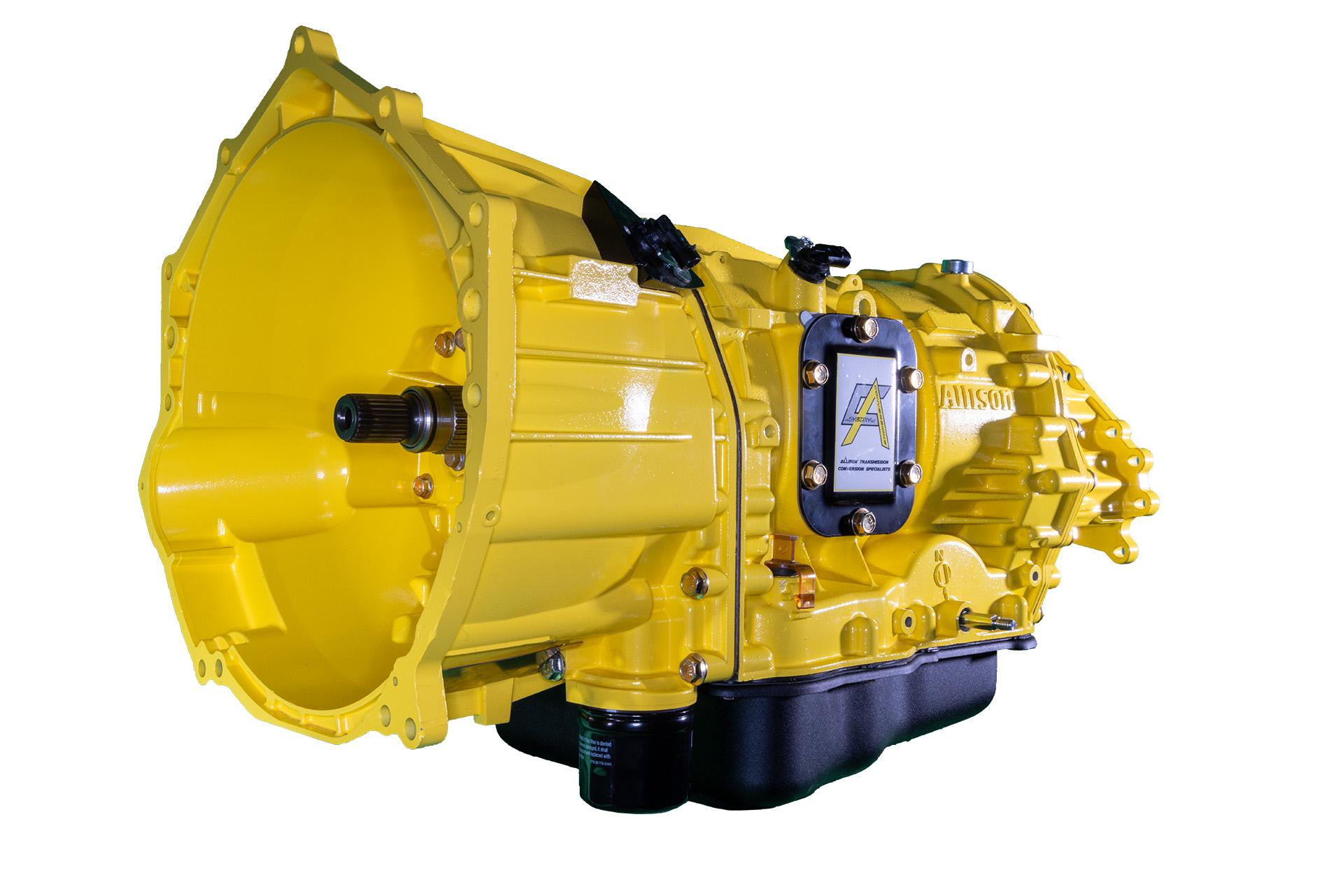
Allison 1000PK Transmission
Torque Converter to fit your needs
Wiring Harness
Flex Plate Adapter
Transfer Case Adapter, Couplers, and Tone Rings
Mounting Kit and Shift Linkage
Cooling Kit
CAC Digital Display
Allison Total Control Module (TCM)
CAC Total Control Module (TCM)
How to determine the Right Torque Converter
Maximizing Performance: Using Tire Diameter and Gear Ratio Calculations to Choose the Ideal Torque Converter

FAQ'S
What are the benefits of converting my Dodge Ram's current transmission to an Allison?
Converting your Dodge Ram's transmission to an Allison can result in numerous benefits including improved durability, enhanced towing capability, increased fuel efficiency, and smoother gear shifts, thus optimizing your vehicle's performance.
Is an Allison conversion compatible with all Dodge Ram models?
Most Dodge Ram models can benefit from an Allison transmission conversion, but it's advisable to consult with a specialist to ensure compatibility with your specific model.
Can I use my existing Dodge Ram transfer case with an Allison conversion?
Yes, with the right adapters, your existing Dodge Ram transfer case can be utilized in an Allison conversion.
Which Allison transmissions are best suited for Dodge Ram vehicles?
The Allison 1000 series is a popular choice for Dodge Ram vehicles due to its reliability and performance, but the best option depends on your particular needs and vehicle model.
What is the process for converting my Dodge Ram's transmission to an Allison?
The conversion process involves removing your Dodge Ram's current transmission, fitting the Allison transmission with the necessary adapters, and installing it. The wiring harness, TCM, and other components are also adjusted accordingly.
Will my Dodge Ram's performance and fuel economy improve with an Allison transmission conversion?
Yes, an Allison transmission is designed to provide smoother shifts, increased durability, and better fuel efficiency, all of which contribute to improved vehicle performance.
What specific components come with the Allison conversion kit for Dodge Ram vehicles?
An Allison conversion kit typically includes components such as the transmission (if chosen), TCM, torque converter, wiring harness, adapters, and other necessary parts for the conversion.
Can I provide my own Allison transmission for the conversion, or can it be included in the kit?
You have the option to either provide your own Allison transmission or include it with your conversion kit purchase.
Can I perform the Allison transmission conversion myself, or do I need a professional?
While it's possible for experienced individuals to do the conversion, it's generally recommended to hire a professional to ensure the job is done correctly and safely.
How long does a typical Allison conversion take for a Dodge Ram?
The conversion time can vary based on the vehicle and the specific conversion kit. On average, it might take a few days to complete.
Will converting my Dodge Ram's transmission to an Allison affect my warranty?
An Allison conversion could affect your vehicle's warranty depending on the specific terms of your warranty agreement. We recommend checking with your warranty provider before proceeding with the conversion.
What should I do if I encounter issues after converting my Dodge Ram's transmission to an Allison?
If you face any problems after the conversion, it's best to contact your conversion specialist for troubleshooting assistance or potential service needs.
Can I use an Allison transmission from a different vehicle (like a Chevrolet/GM) for my Dodge Ram conversion?
Yes, an Allison transmission from another vehicle can be used, provided it's compatible with your Dodge Ram model. Ensure to consult with your conversion specialist before proceeding.
Do you offer rebuilding services for Allison transmissions?
Yes, we do offer rebuilding services for Allison transmissions, ensuring your transmission is operating at peak performance.
What is the cost range for an Allison transmission conversion for Dodge Ram vehicles?
The cost can vary significantly depending on the specific Allison model, whether you're providing the transmission or purchasing it as part of the kit, and any additional services required. Please contact us directly for a more precise estimate.


Financing Available
Financing is available, so that you can get on the road faster






